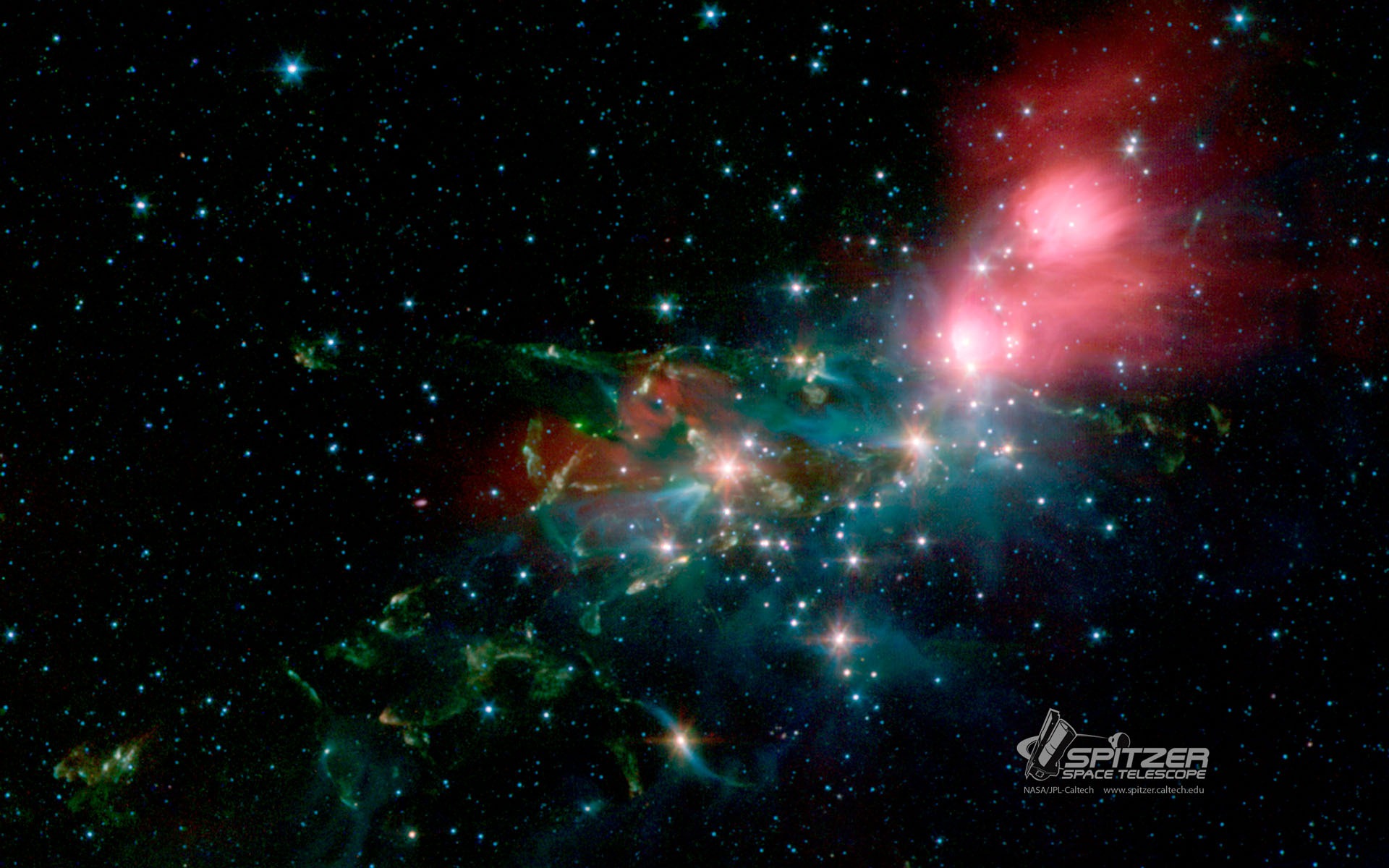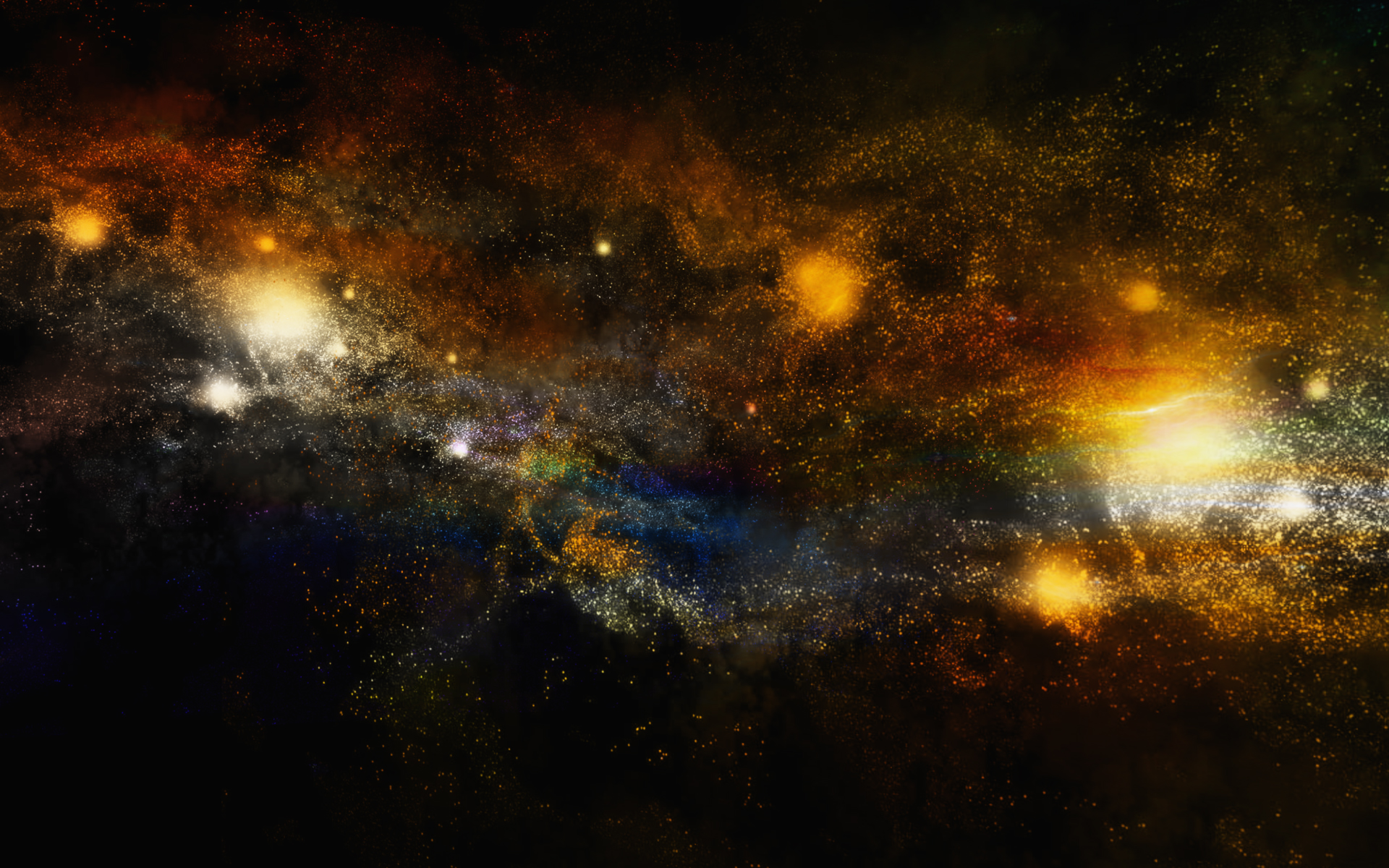


The Southern Ring nebula is a planetary nebula - an expanding, glowing shell of ionized gas ejected from red giant stars late in their lives The dimmer star at the center of the image has been sending out rings of gas and dust for thousands of years in all directions, giving it the appearance of a bright glint on a precious sapphire. The Southern Ring nebula, also known as the 'Eight-Burst' nebula, is a planetary nebula – an expanding, glowing shell of ionized gas ejected from red giant stars late in their lives.Īccording to NASA, the Southern Ring nebula is nearly half a light-year in diameter and is located about 2,000 light years away from Earth.

'We see examples of structures that honesty we don't even know what they are.' We even see some galaxies sort of lurking in the background up here. 'We see examples of bubbles and cavities and jets that are being blown out by these newborn stars. 'Today, for the first time, we're seeing brand new stars that were completely hidden from our view,' said Amber Straughn, deputy project scientist for the James Webb Space Telescope. The 'steam' that appears to rise from the celestial 'mountains' is actually hot, ionized gas and hot dust streaming away from the nebula due to the relentless radiation.'Ĭaptured in infrared light by NASA's new James Webb Space Telescope, this image reveals for the first time previously invisible areas of star birth. NASA says: 'Dramatic pillars tower above the glowing wall of gas, resisting this radiation. The tallest 'peaks' in this image are about seven light-years high. The blistering, ultraviolet radiation from the young stars is sculpting the nebula's wall by slowly eroding it away. The stunning shot shows the edge of a nearby, young, star-forming region called NGC 3324 in the Carina Nebula.Īt the bottom of the image is the western section of NGC 3324, and what NASA calls the 'Cosmic Cliffs' – an orangey-brown landscape of 'craggy mountains' and 'valleys' speckled with glittering baby stars. Nebulae are stellar nurseries where stars are birthed and this particular one is home to many gigantic stars, including some larger than the sun. The Carina Nebula is one of the brightest and biggest nebulae in space, located about 7,600 light-years away in the southern constellation called Carina. Stephan's Quintet is famous for appearing as angelic figures at the beginning of the much-loved 1946 Christmas film 'It's a Wonderful Life', starring James Stewart and Donna Reed. It contains more than 150 million pixels and is constructed from almost 1,000 separate image files. NASA said the image is an enormous mosaic, covering about one-fifth of the Moon's diameter. NGC 7320 has extensive 'H II region' – regions of ionized hydrogen atoms, depicted as red blobs, where star formation is occurring. The brightest member of the five is spiral galaxy NGC 7320, to the left of the picture, which is closer than the others. Two of the five galaxies, NGC 7318 a and b, forms a pair, and almost appear as one in the new image. 'The galaxies float through space, distorted shapes moulded by tidal interactions, weaving together in the intricate figures of an immense cosmic dance, choreographed by gravity.' 'Dust lanes crossing between galaxies and long filaments of stars and gas extending far beyond the central regions all suggest galaxies twisted by violent encounters,' the European Space Agency says. It's fair to say Mr Stephan would be blown away by the new James Webb image of his discovery, which captures the five galaxies in 'exquisite detail', NASA says.įour of the five galaxies within the quintet are locked in a 'cosmic dance' of repeated close encounters. Next up is Stephan's Quintet, a group of five galaxies in the constellation Pegasus, first discovered by French astronomer Édouard Stephan in 1877. Tiny, faint structures that have never been seen before, including star clusters – groups of hundreds to millions of stars that share a common origin, all gravitationally bound for as long as several billions of years. NASA said Webb's NIRCam, which captures light from the edge of the visible through the near infrared range of the electromagnetic spectrum, has brought distant galaxies into sharp focus in the new image. The combined mass of SMACS 0723 operates as a gravitational lens and, according to NASA, 'magnify and distort the light of objects behind them, permitting a deep field view into both the extremely distant and intrinsically faint galaxy populations'. According to NASA, SMACS 0723 has a gravitational pull so powerful that it warps both space-time and the path that light subsequently travels through it.īecause of this, bright white galaxies are warping and stretching the light from the more distant galaxies, making them seem elongated, almost banana-shaped.


 0 kommentar(er)
0 kommentar(er)
